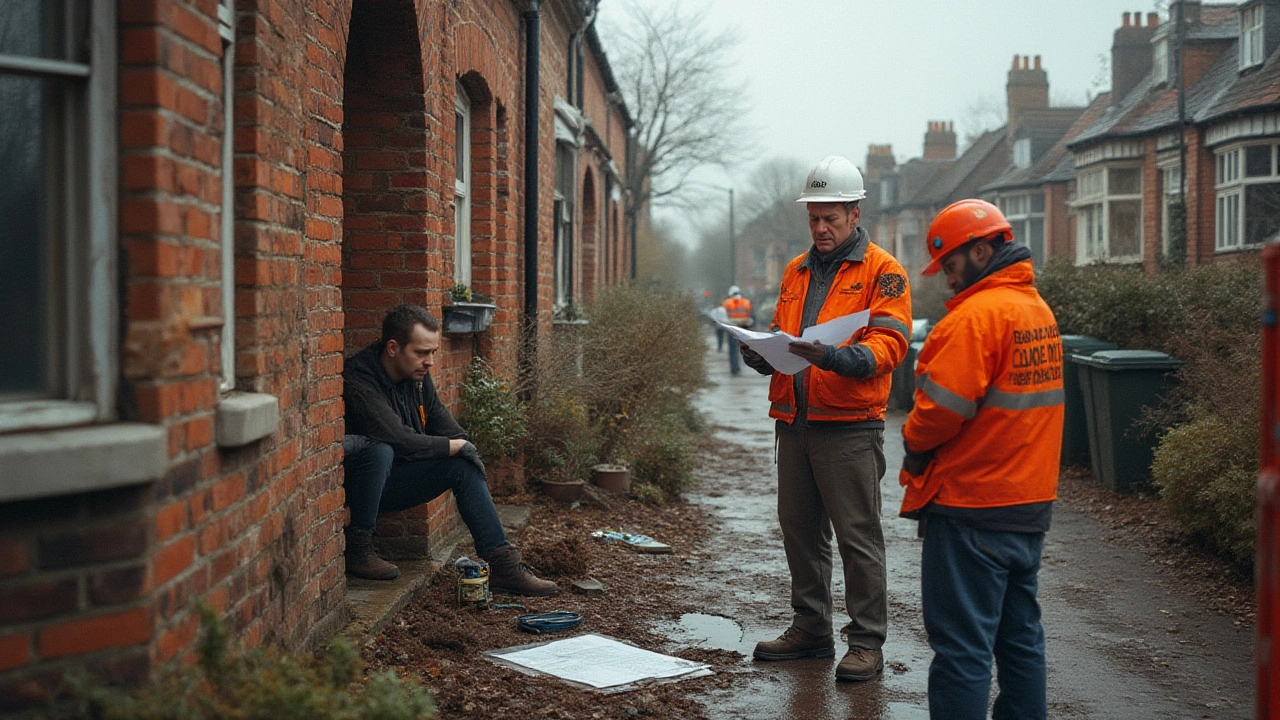Most Expensive Foundation Repair: What Drives the Price and How to Deal With It
If you’ve ever gotten a quote that made your jaw drop, you know foundation repair can feel like a nightmare. The biggest bills usually come from deep structural issues, bad soil, or water damage that needs serious engineering. Understanding why these jobs cost so much helps you decide if the price is fair and what you can do to control it.
Why Foundation Repairs Can Get So Expensive
First off, the type of problem matters. A simple crack in a brick wall might be fixed with epoxy, but a sinking slab or severe bowing walls often requires steel piers, underpinning, or even a full basement underpin. Those solutions need heavy equipment, skilled engineers, and sometimes a permit from your local council. All that adds up quickly.
Second, the soil beneath your house plays a huge role. Expansive clay soils swell when they get wet and shrink when they dry, putting constant pressure on the foundation. If a geotechnical survey shows you have this kind of soil, the repair crew may need to install deep foundations that reach stable ground, which is far pricier than a surface-level fix.
Third, water is a silent thief. Poor drainage, leaking pipes, or a high water table can saturate the ground, weakening support. Fixing drainage issues often means installing French drains, sump pumps, or regrading the landscape—each with its own labor and material costs.
How to Manage and Reduce the Cost
Start by getting multiple quotes. Even if you stick with a trusted contractor, a second or third opinion can reveal different repair methods that might be cheaper. Ask each contractor to break down the estimate: labor, materials, equipment, and permits. Seeing the numbers lets you spot any hidden fees.
Second, talk about alternatives. Sometimes a less invasive solution, like wall anchors instead of full underpinning, can hold up the structure long enough for a later, more permanent fix. Ask your engineer if a temporary repair could buy you time and money.
Third, improve your home’s drainage before the repair begins. Simple steps—cleaning gutters, adding downspouts, grading the soil away from the house—can reduce the load on the foundation and lower the repair scope.
Finally, check if any of the costs are covered by insurance or a home warranty. Most policies don’t cover gradual foundation problems, but if the issue stems from a burst pipe or sudden flood, you might get a claim approved.
Bottom line: pricey foundation repairs usually come from complex structural fixes, difficult soil conditions, and water issues. By asking the right questions, comparing quotes, and handling drainage yourself, you can keep the bill from spiraling out of control. Ready to tackle that quote? Start with a solid inspection and keep the conversation open with your contractor. You’ll be better equipped to make a smart decision without blowing your budget.
Most Expensive Foundation Repairs: Your Guide to Piering, Underpinning & Replacement
- Gavin Whitaker
- |
- |
- 0
Curious which foundation repair methods will hit your wallet hardest? Get the real story on the most expensive options, what drives the price, and how to prepare.
View more